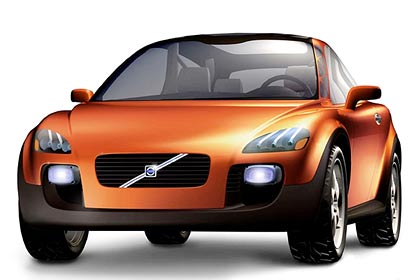2001 Volvo SCC Concept Navigation
- 2001 Volvo SCC Concept Menu
- Article
- Image gallery
- Specifications
Volvo
Similar Vehicles
Similar Automakers
Volvo Monthly Sales Volume
January 2024
7,716
Recent Vehicle Additions
Related Automotive News

Hyundai Motor Celebrates The World Premiere Of The New Generation Hyundai Santa Fe
All-New 2019 Santa Fe is designed to care for its passengers
A powerful, elegant SUV with best-in-class safety features and exceptional roominess.
New D-SUVs expressive and powerful front adopts the new SUV family identity, the eye-catching Compo...

FROM THE 600 TO A CAR WITH SIX AIRBAGS
60 years of evolution
A look at the SEAT 600 and the SEAT Ibiza to compare how car safety has changed in 60 years
New brake systems, more elements of passive safety and chassis development are the most significant breakthroughs of recent decades
...

2016 LEXUS GS F PERFORMANCE SEDAN OFFERS A DYNAMIC RIDE, LUXURIOUS COMFORT FOR FIVE
Latest addition to F brand stable of performance cars
Aggressive-yet-elegant exterior styling with a well-appointed interior cabin
High-revving naturally aspirated 5.0-liter V8 produces 467 Horsepower
Standard Lexus Safety System to Help Brin...

2016 Lexus GS F Performance Sedan Offers a Dynamic Ride, Luxurious Comfort for Five
Latest addition to F brand stable of performance cars
Aggressive-yet-elegant exterior styling with a well-appointed interior cabin
High-revving naturally aspirated 5.0-liter V8 produces 467 Horsepower
Standard Lexus Safety System to Help Brin...

2014 E250 BlueTEC Sedan Gets 45 MPG EPA Highway Rating
Class-Leading Fuel Economy and Powertrain
The newest Mercedes-Benz E-Class - the 2014 E250 BlueTEC sedan - has achieved an impressive estimated EPA rating of 45 miles per gallon on the highway and 28 mpg around town. The first diesel E-Class to...




























